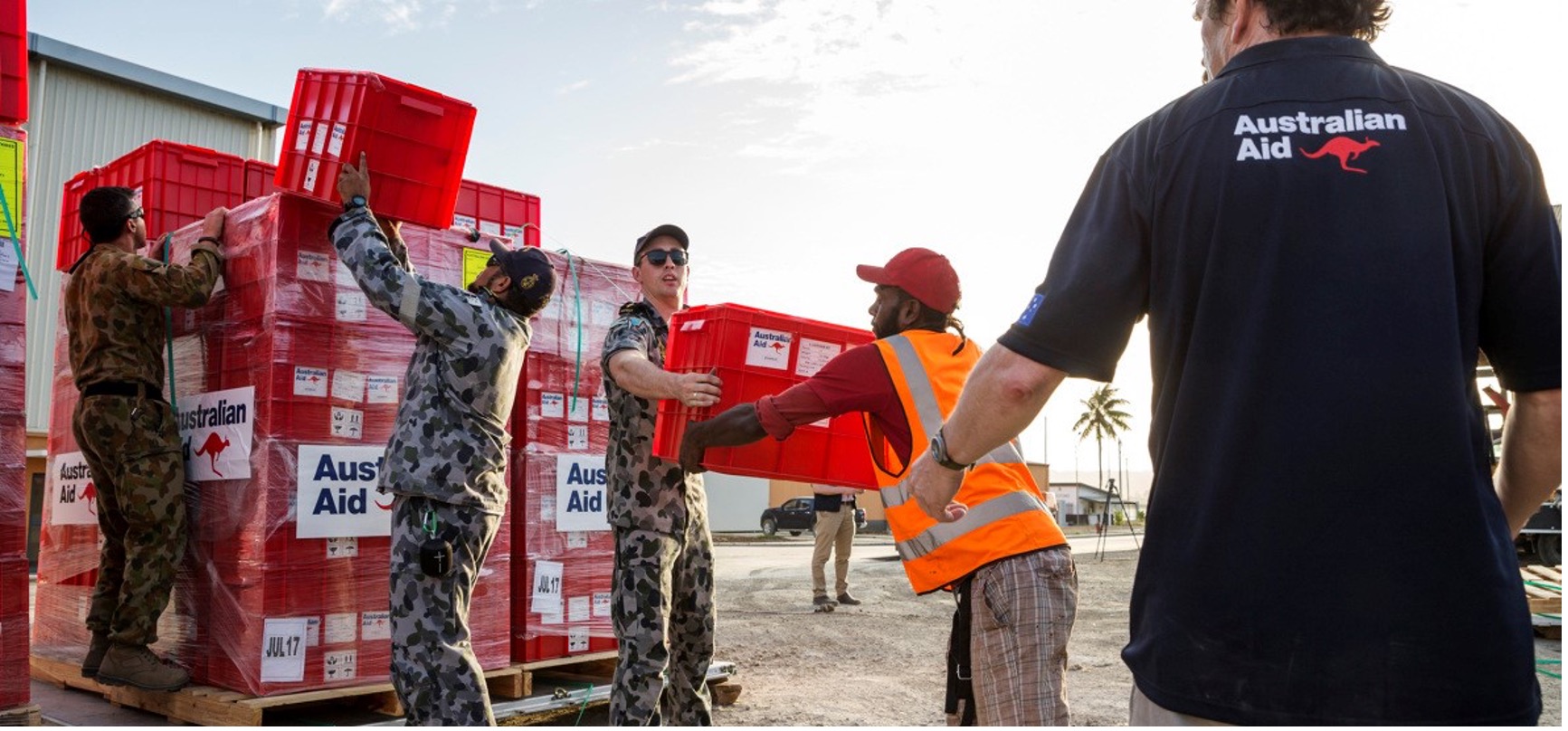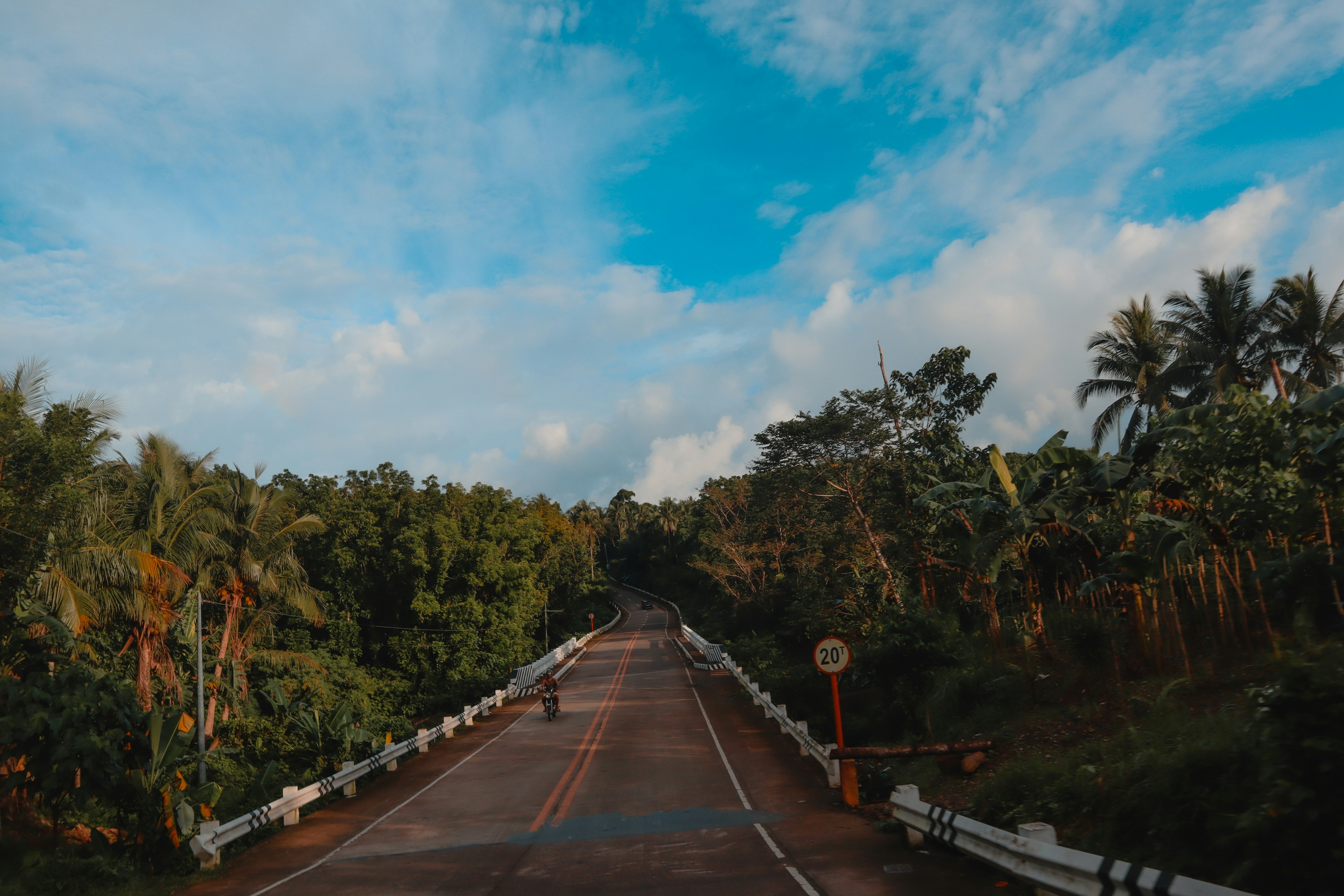As you stand in your local supermarket, you consider which loaf of bread you should buy.
In one hand you have multigrain and in the other hand you have wholemeal. But there are so many other choices; white, five seed, sourdough or rye. Now consider the farmer who grappled with the elements to produce that loaf of bread. Consider the life of that loaf of bread. Where did the loaf of bread in your hands come from? And what did the farmer go through to make the wheat in the bread?
My story
All across our beloved nation there are farmers working hard on the land, fixing that hose on the header that keeps on breaking, and shutting that gate for the hundredth time. Despite the heat, the little or no rain, and the harsh realities of climate change, the farmers carry on to produce what you serve at your dinner table.
It is these farmers who are the backbone to our society, the forgotten citizens of Australia. They continue to farm the land, knowing there will not be any rain today, tomorrow or the next day; they continue nonetheless. They produce the grain in the bread you eat, the olives in the oil you cook with, the vegetables on your plate, the cut of steak you purchased from the butcher, and the lentils you buy from your wholefoods.
Every Australian depends on our farmers and it is too often a forgotten and thankless job. Yet many farmers are proud to say they produce the food to put on your table. Farmers are proud members of our society; I should know, I grew up with a farmer dad and mum. There are times when the season is bountiful and lush, when the rains deliver booming crops. And then there are times, such as this year, when there is no rain, and there are no crops, when the shame is too much to bear, and the pride is diminished.
Growing up on a farm, I know full well what this is like and I can tell you it is heart breaking to see the stock you have cared for, hand fed when there is no more feed, and reared from lambs, to then sell for less than their market value. I have watched my mum and dad endure the hot blistering sun beat down on them physically and mentally, as the sheep are left with nothing to eat but the dirt on the ground. This is the harsh reality of farming.

The statistics
Droughts are not a simple disaster. This is not a short-term crisis. The slow on-set of the drought saw soil moisture deteriorate, dry winds increase and rainfall patterns change. Once the drought sets in, rain occurs as often as once in a blue moon. With all of NSW and sixty percent of Queensland in drought, we are facing the worst drought in Australian history.[1] According to the Bureau of Meteorology, this is the seventh lowest rainfall from January to November since 1990 for the Murray-Darling Basin.[2]
What is not talked about is the Victorian drought. The drought is constantly moving further south. Mapped out for decades by the Bureau of Meteorology, we can determine the slow movement from Queensland, through NSW and into Victoria. Yet, support is directed towards the farmers in Queensland and NSW, and not to those ‘doing it tough’ in Victoria.
I spoke to some local farmers in my community to learn about what they endure on a day to day basis. One farmer said,
‘We have had to change the way we farm now, we can’t rely on when it is going to rain. We have had to make some tough choices this year.’
The farmers are making tough decisions all over Australia every day; whether that is destocking, selling their failed crops as hay, selling their water rights or shares, or walking away from generational farms. Decisions like these are affecting their families who are working alongside them, watching the stock die or be sold, watching a farmer father fall into depression, or worse. Many of the wives of farmers watch as their husbands are no longer kept busy with tending to their stock. These are the women who day in and day out stand alongside their loved ones, only to watch them be pulled further and further away becasue they cannot reconcile what has happened to their land.
These impactful decisions are not only affecting the immediate families of farmers, but also the communities that rely on the economic remuneration that these families provide. When farmers are no longer supporting their local communities and are receiving food aid donations, the local rural communities are negatively impacted. It affects the price of the food sold at the supermarket. It affects the fuel prices as the increase in freighting hay and stock drives trucks across the nation. And it affects all of our futures, both you and me.
Water
Water. It is the liquid gold of the drought. One farmer I know describes it as the ‘lifeblood of farming’. But who owns it and who needs it? These are the questions that are not being asked enough.
There is water available but at such a high cost that it isn’t economical for most farmers to buy it. Many NSW farmers are actually resorting to selling their water rights or water shares. These decisions will have a roll-on effect on their future farming seasons as the cost to buy water continues to rise.
This time last year water cost $135/ml, now it costs $430/ml.[3] With a price rise like this, how can farming be sustainable?
Aid Assistance
The misunderstanding around aid assistance for many farmers is largely related to pride. Pride in a farmer’s land, looking after their own stock and not needing outsider help. Yet many farmers are in dire need of assistance, whether it be funding, a helping hand (or two), food aid, or stock supplies.
It is getting this much needed assistance to the farmers that is the main challenge. Fundraising and support is focused in the large ‘rural’ townships such as Bendigo, Albury and Geelong. Now, if you have visited one of these towns you may know that they are not where the majority of farmers are located. Farmers are in the larger community areas around small country towns, working day and night, and are not likely to take a day off to go to a support fundraiser or rally in a ‘big city’ like Bendigo where they feel their voices will most likely not be heard. The consequence of this is that these voices are not being heard.
Disaster Preparedness
This is not the time to blame the farmers for their farming survival techniques, nor is it the time to blame agricultural organisations or fundraisers. However, it is time to make some changes to become more effective in disaster preparedness for droughts, floods and fires. Clearly, Australia’s drought resilience and preparedness is in need of improvement.
Where to now?
Recovering from the drought and restocking phase of the disaster cycle will be an ongoing process that lasts years after the drought has ended. To become resilient to Australia’s changing climate, we need to think about the way we farm, alter our techniques and become resilient within ourselves to withstand the arid climate.
We need to address the issue of water rights and water shares, increase awareness of where our food production originates from, and protect the primary producers who are imperative to Australian society.
So next time you go to your local supermarket, wholefoods or Co-Op to buy a loaf of bread, think of where the product originated from, who delivered it to the shop, and who relies on you to buy it. There are plenty of people that made that loaf of bread happen.

[1] ABC News, NSW Government says entire state in drought, new DPI figures reveal full extent of big dry, viewed 08 December 2018, https://www.abc.net.au/news/2018-08-08/nsw-government-says-entire-state-is-now-in-drought/10088628
[2] Bureau of Meteorology, Drought: Deficiencies persist, but ease somewhat after November rainfall, viewed 07 December 2018, http://www.bom.gov.au/climate/drought/
[3] Australian Government, Department of Agriculture and Water Resources, Market price information for Murray–Darling Basin water entitlements, viewed 09 December 2018, http://www.agriculture.gov.au/water/markets/market-price-information#2017
Photos: Eliza Clayton






